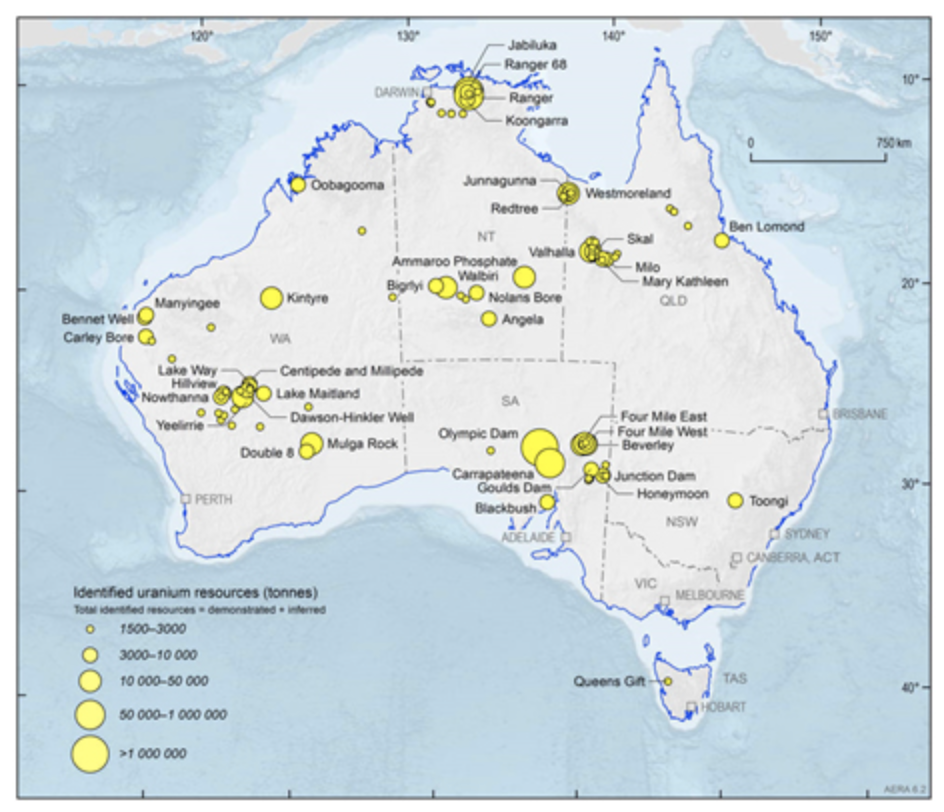Is nuclear power a viable alternative to present energy production to cut down greenhouse gas emissions?
What an excellent and timely question: there has been a lot of discussion about nuclear power in the media recently. Also, Australia’s new plan to get to net zero emissions by 2050 does not rule out including nuclear power in this country’s future energy mix. So it’s an important time to be thinking and talking about nuclear.
Nuclear energy is used to generate electricity in 30 countries around the world, and provides about a tenth of the world’s energy needs. Nuclear power needs uranium, and the planet has uranium resources sufficient to fuel existing demand for more than 130 years. Nuclear power does not cause direct greenhouse gas emissions, which is good when we are thinking about climate change, however, the waste from nuclear power generation is problematic. It remains radioactive potentially for thousands of years and needs to be carefully stored under very controlled conditions in order not to pose a danger to humans and the environment.
Could Australia develop nuclear power? Currently the answer is no. That’s because Australian law currently prohibits the approval and construction of nuclear power plants and the enrichment of uranium needed for nuclear power. Could Australia develop nuclear power in the future as part of an effort to reduce greenhouse gas emissions? Australia does have a lot of uranium, in fact, it supplies about one third of the total world demand for uranium.

The problem with nuclear for Australia as part of the effort to reduce emissions this decade is quite simple: it’s too slow, and too expensive.
How is it too slow? The timeframe to build a nuclear power station is at least 10-12 years. If we started to build a nuclear power capacity in Australia right now (and remember, the law currently prohibits it) it would not be operational until the early-mid 2030s. Science tells us we need to cut emissions right now, this decade.
How is it too expensive? Despite our domestic reserves of uranium, nuclear is by far the most costly energy for Australia to generate, as you can see from the illustration below.

Comparison of power generation technology cost estimates. Source: CSIRO Gen Cost 2019-2020
If we were to build nuclear power capacity in Australia, starting today, the cost of renewables like wind and solar would be much less even than it is today by the time we were able to generate any nuclear power.
So we might pursue building nuclear power in Australia if we had no other alternatives, but we are lucky to have some of the most plentiful solar, wind and particularly offshore wind resources in the world. So renewables like wind and solar, backed up by hydroelectricity, batteries, and new fuels like green hydrogen, will be a faster and cheaper way to decarbonise than turning to nuclear power.











